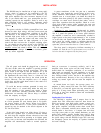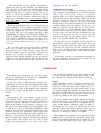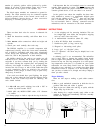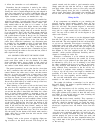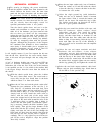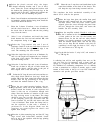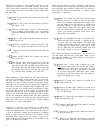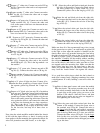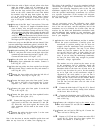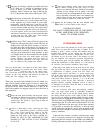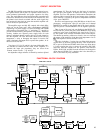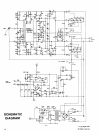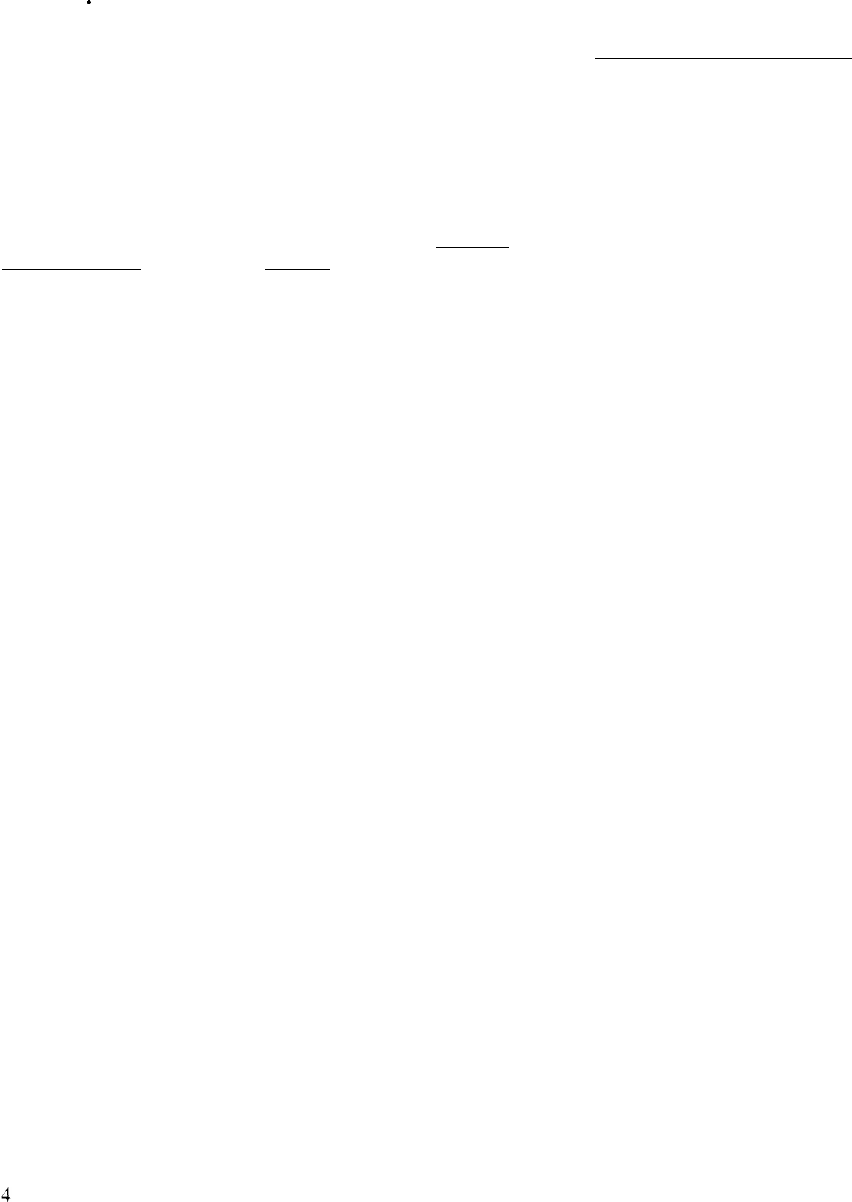
INSTALLATION
The DH-500 may be installed out of sight in many appli-
cations, where its power can be controlled by the AC
switching of a preamplifier control unit. However, any
high power amplifier may draw enormous amounts of cur-
rent, so you should make
sure
your preamplifier has the
switching capacity for the amplifier’s needs, as well as any
other equipment which it also switches. inadequate switch
current capacity may eventually render the switch in-
operative
The power switches in Hafler preamplifiers have been
chosen for their high ratings, and have been tested and
deemed suitable for normal home switching of the DH-
500. However, if the amplifier is intended for operation at
sustained high power levels, or where power switching is
very frequent, or where the control unit must switch sub-
stantial additional current for other equipment, or if your
control unit does not have the 15 ampere switching capac-
ity, you should use the power switch on the DH-500, and
connect it directly to the AC line. In such use, turn the
amplifier on last, and switch it offfirst. This will avoid pos-
sible loudspeaker damage from turn-on transients gener-
ated by source equipment.
A power transformer of this size puts out a noticeable
hum field, even though the special design of this trans-
former minimizes such radiation. If the amplifier is to be
installed close to a record player, you should first check for
freedom from hum pickup by the phono cartridge. Some
cartridges are much more sensitive than others, and re-
quire more separation from the amplifier. Check at a rela-
tively high volume setting, while swinging the tone arm
throughout its arc. A few inches additional space will usu-
ally solve any problem.
Ventilation is most important! Unobstructed air circula-
tion at the sides and back is important for long trouble-free
life. A 3 speed fan operates at its lowest speed whenever
the amplifier is turned on, and is automatically switched to
higher speeds at the power output demands it. Air is drawn
in at the sides, and expelled to the rear. With normal home
music levels the cooling capacity is sufficient that the fan
will rarely operate at other than low speed, where it is so
quiet that your ear must be close to a vent to hear it.
The front panel is designed to facilitate mounting in a
standard 19” rack.
Be
sure
all
of
the
cover
screws
are
instal-
led
when
the unit is supported by
the
front
panel
OPERATION
The AC power cord should be plugged into a source of
120 volts, 60 Hz, unless the amplifier is specially provided
with the multi-voltage optional transformer. Press the
power switch to the right to turn the amplifier on. A red
pilot lamp in the power switch signifies that it is
on.
If it is
not illuminated, the most likely cause is a blown AC line
fuse. That is the single fuse close to the switch inside the
chassis. However, since the amplifier uses a 15 ampere
slo-blo fuse, and the typical home circuit is also rated at 15
amps, check that as well.
To avoid the turn-on transients generated in many con-
trol units, there is a 3 second delay before the relay con-
nects the speakers. A few preamps may require a longer
delay to avoid their internally generated turn-on pulses.
Information on extending this turn-on delay is available
from the company on request.
A standard 2-wire power cord was chosen in preference
to a 3-wire grounded AC cord, because there is no signific-
ant current leakage in this design. Where local require-
ments dictate the need for a 3-wire power connection, a
ground lug may be attached to the chassis adjacent to the
AC line fuse holder.
If the pilot lamp should ever blink (about 2-3 times a
second), this signifies that a protective thermal breaker
has shut down the amplifier because ofexcessive heat sink
temperature. The fan will be operating at its highest speed,
and as soon as the heat sink temperature has declined, the
amplifier will automatically return to normal operation.
Such an occurrence is extremely unlikely, and if the
amplifier shuts down again and the lamp flashes, you
should check for inadequate ventilation, or an excessive
input signal, an extremely low load impedance, or an input
which may have dangerous signal content (such as
osciIla-
tion). Failing evidence of this, the fan or the amplifier may
have malfunctioned, Because of the very effective fan
cooling, any normal signal will not cause the amplifier to
overheat.
At normal home use levels, the average power con-
sumption is likely around 250 watts. The unit’s efficiency
is about
5O%,
so some full power tests may exceed the ca-
pacity of a 15 amp circuit. When performing tests, voltage
losses due to long lines should be taken into consideration,
or compensated for.
Loudspeaker Fuse Selection
The DH-500 is supplied with 2 ampere fuses in the
speaker lines. This conservative value has been chosen for
initial use because most high quality speaker systems can-
not safely handle very high power levels, even though a
high power amplifier invariably makes them sound their
best. Since a substantial overload must continue for a few
seconds before a fuse blows, a 2 ampere fuse will allow
very high power peaks to pass without hindrance, yet will
protect most speaker systems. Smaller fuses tend to blow
too easily, and it is unlikely you will be using speakers with
low power ratings with the DH-500. Larger fuse sizes may
not adequately protect the majority of speakers intended
for home listening.






